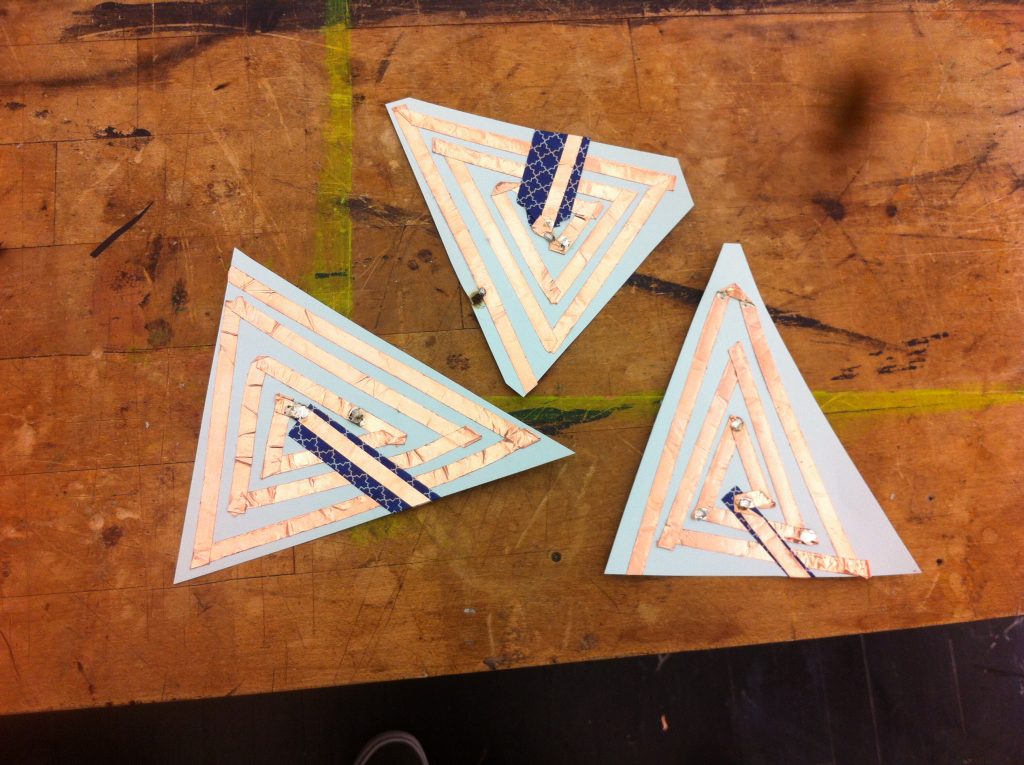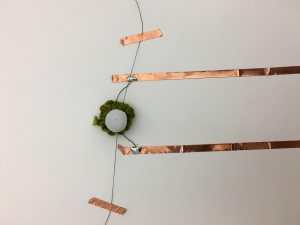
Flip dot homework. It works!
My slides from the Final presentation.
Wins
– Making a critical game about human tragedy and suffering
– Making a flip dot game, flip dots are fun
– Making fun little game pieces with polymorph, which is now my favorite
– Seeing how creative and resourceful I get (I found a wooden sheet on D12 and just broke that apart to make the housing)
Challenges
– Soldering, aaaargh
– Tedium
– Making so many coils, using so much wire, wrapping so much yarn, in, out, in, out, soldering ends off, on, off, on, off, only to have it not work. Repeat, again, over, and over.
Learned
– Interactivity can be as simple as a magnet, coils, and a 9-volt battery
Where to go next
– Will present this to John Sharp and Colleen Macklin to get their feedback on how to improve the game narrative, mechanics, and aesthetics. I want this to be one of my jumping-off points towards being a critical game designer and experience artist.
Thank you for a great semester, Liza, Max, everyone! I learned a lot from this class and all of you. 🙂 Happy Holidays.
Final times! Woohoo! Here are your final deliverables:
WORKING PROTOTYPE
You MUST bring your prototype to show – even if it is not working. If you require a specific environment, please email me.
PRESENTATION
You will have 12 minutes to present to our critters. This includes time for feedback, so structure your presentation accordingly. Your should include the following in your presentation ( in whatever order you like):
VIDEO DOCUMENTATION
You should make a short video introducing your project. It should include the title of your piece, your concept, and a prototype demo.
BLOG POST
Create a short post on the blog with The link to your Instructable.
Text of your project description from the Instructable
Any other documentation links.
A short reflection on your process. What were your wins, challenges? What did you learn? Where would you take it next?
INSTRUCTABLE
Here are the components you should have:
ASSESSMENT GUIDELINES
I will assess your project by the following criteria:
Ideation, Concept, and Design
Presentation
Process + Materials
This is how my flipdot swatch works. (I will put the steps later.)

A flipdot swatch with facial expressions
I tried to make a watch with the flipdot swatch.
Below you will find step by step documentation of creating this swatch in which I was inspired by our discussion on binaries in class, and thought that biology (in this case a plant) represents it well.
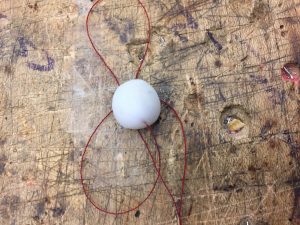
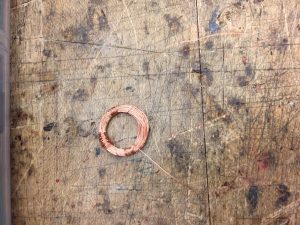
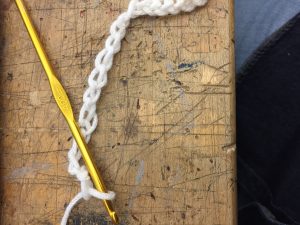

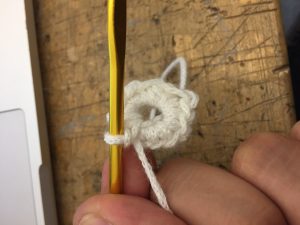
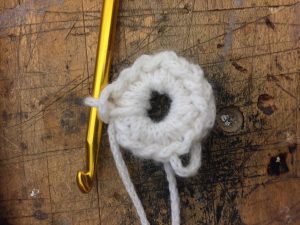
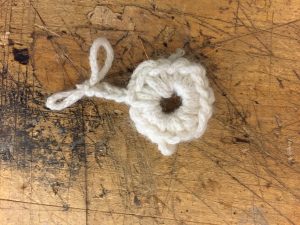
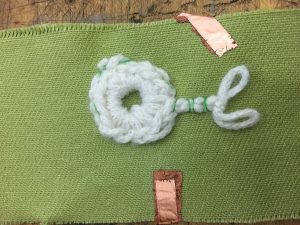
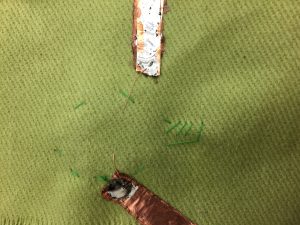
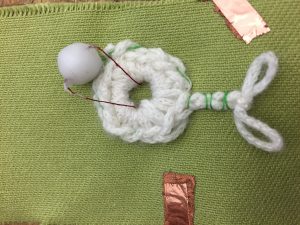

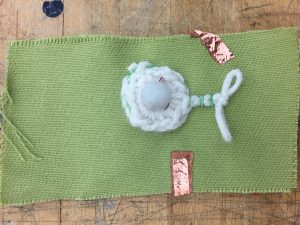
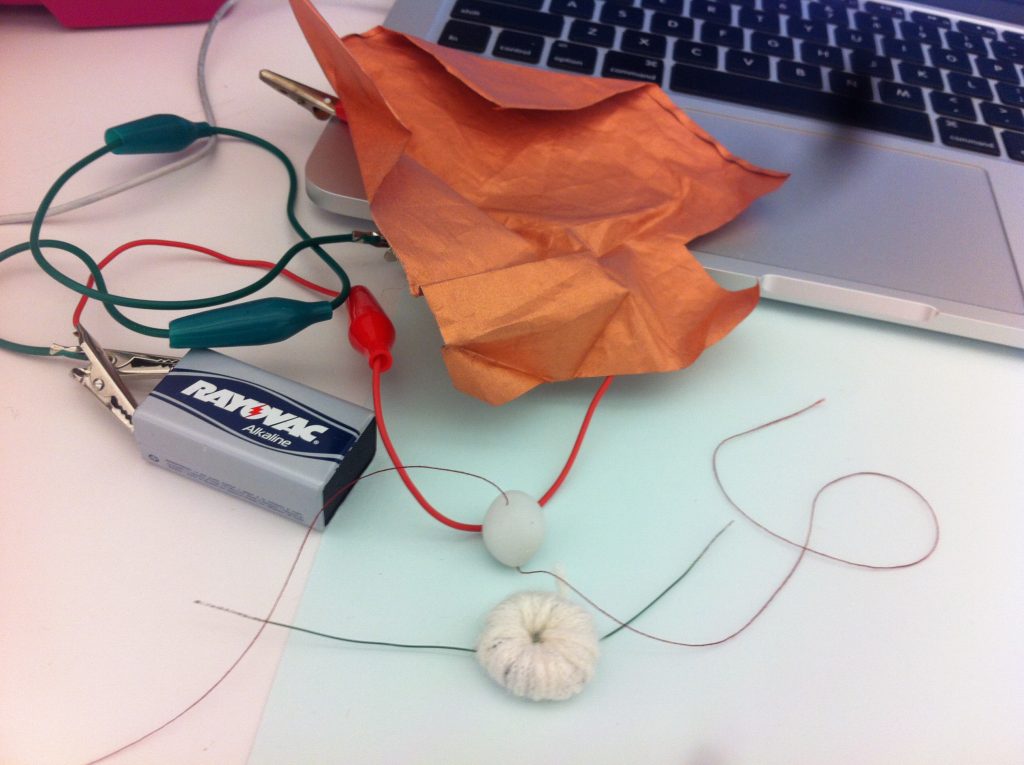
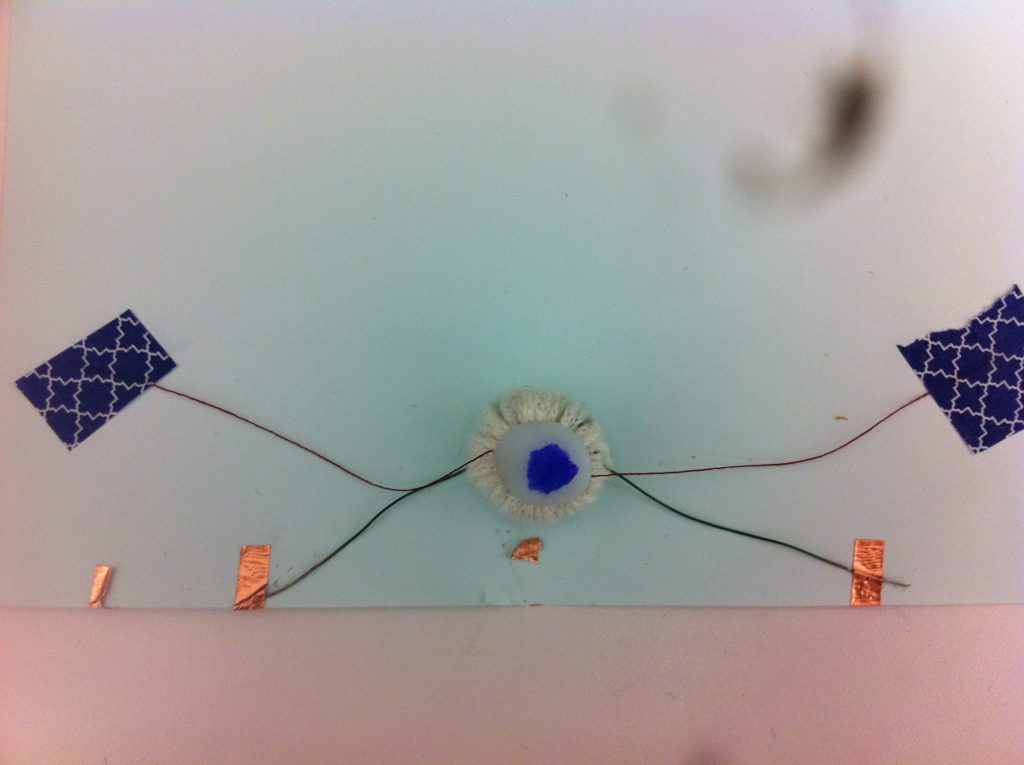
Overview
In this workshop, we unpacked the word “binary” in a Collect and Clustering post-it exercise, then observed flip dot examples in action. We learned about the nature of magnets and electromagnetism as a mechanism for creating motion, then constructed our own flip dots.
Assignment
Resources:
Key moments:
